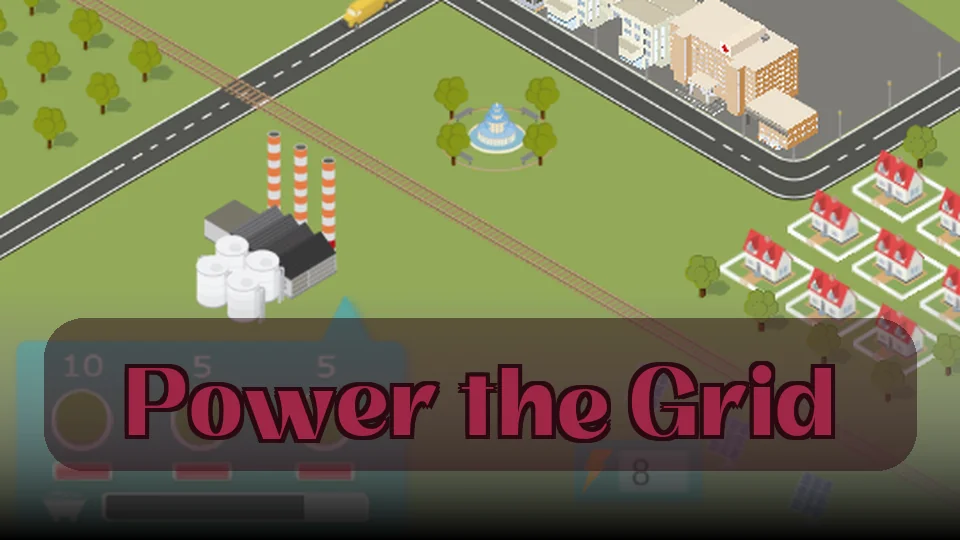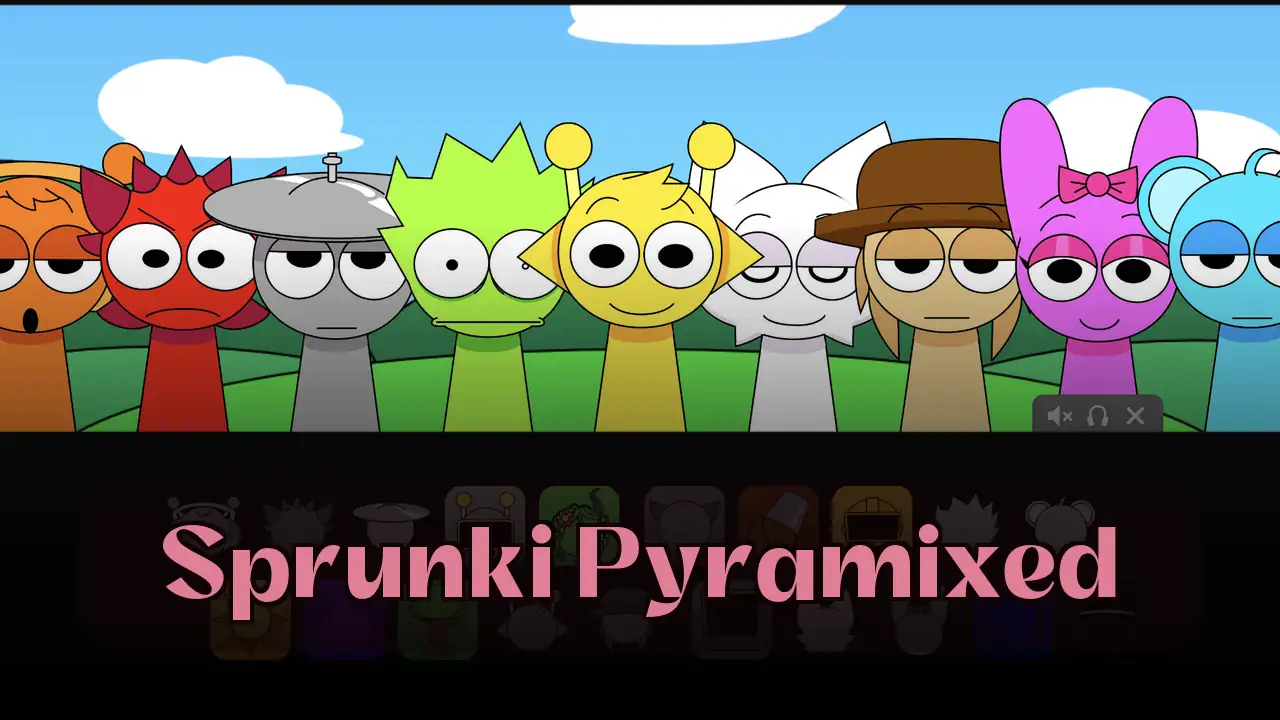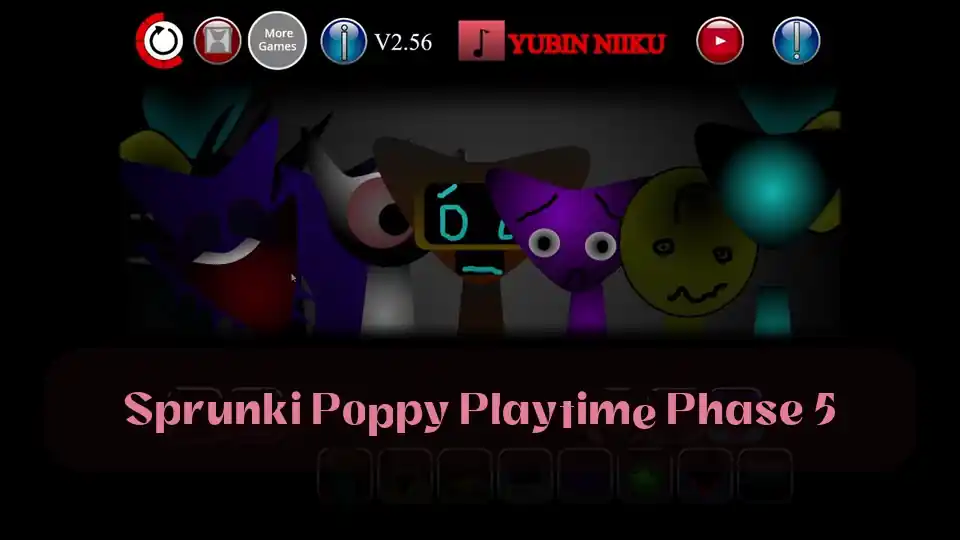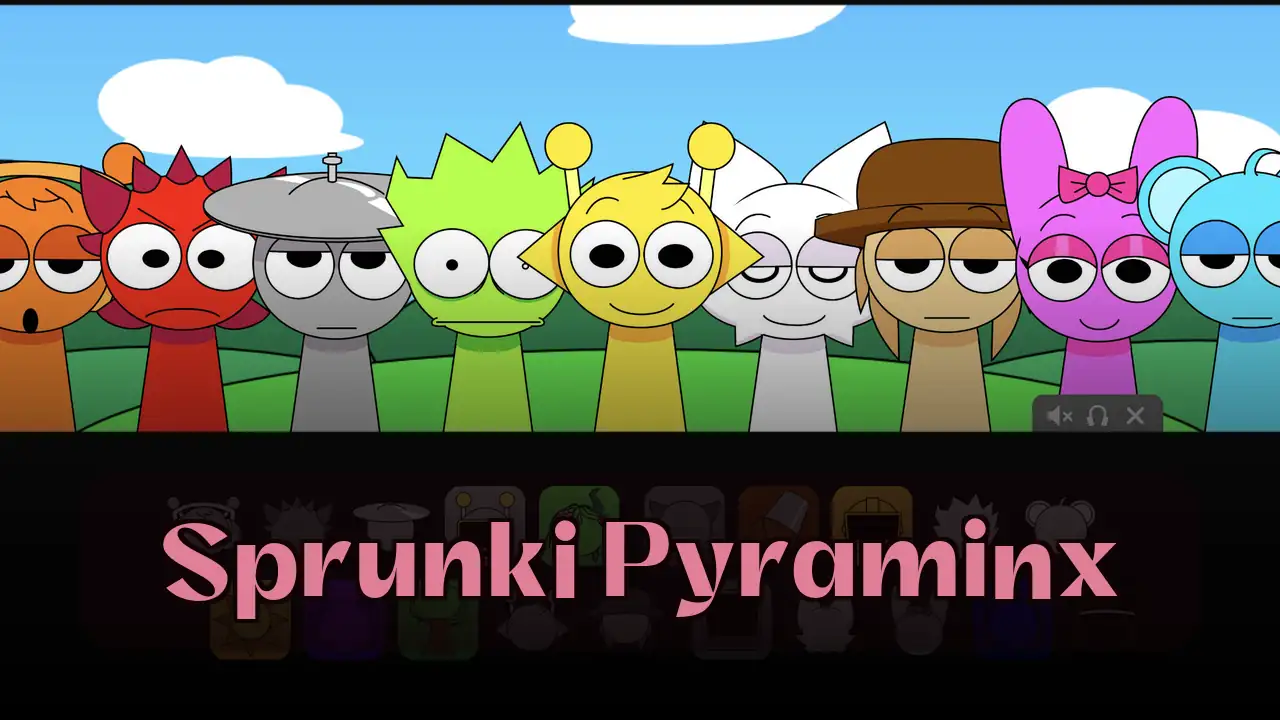Power the Grid: Power the Grid Game | Spunky Play

Power the Grid
Power the Grid - City Energy Management Simulator
Power the Grid - Master renewable energy management
Control city power systems in this strategic grid game
Explore More Strategic Management Games Like Power the Grid
Similar Energy and City Management Experiences
What Makes Power the Grid a Unique Management Experience
Power the Grid delivers an immersive real-time city management simulation where you oversee renewable energy infrastructure for an entire metropolis. As the energy director, you'll balance production capacity with consumption demands, managing solar panels, wind turbines, and hydroelectric systems while preventing blackouts. This Spunky Game challenges your strategic thinking through dynamic weather patterns, population growth, and energy crises that test your decision-making skills in maintaining grid stability across multiple districts.
Master Power the Grid Controls and Gameplay
Monitor Your Energy Dashboard
Use your mouse to navigate the comprehensive control panel showing real-time energy production versus consumption metrics. Click on different city zones to identify power demands and potential shortages before they escalate into full blackouts.
Build and Upgrade Power Infrastructure
Select from renewable energy options including solar farms, wind turbines, and hydroelectric plants. Strategically place these facilities considering geographic advantages, then allocate resources to upgrade capacity during peak demand periods throughout the city.
Balance Supply and Demand
Actively adjust energy distribution across neighborhoods by routing power from surplus areas to deficit zones. React quickly to weather changes affecting renewable output while maintaining emergency reserves to prevent catastrophic system failures in this Spunky Play challenge.
Expert Strategies to Excel at Power the Grid
Infrastructure Planning
Position renewable energy facilities strategically based on geographic advantages—solar panels in sunny regions, wind turbines on elevated terrain, and hydroelectric plants near water sources for maximum efficiency.
Demand Forecasting
Study consumption patterns across different times and seasons to anticipate peak demand periods. Build surplus capacity before population growth events and maintain emergency reserves equal to 15-20% of typical usage.
Crisis Response Tactics
Develop contingency protocols for common emergencies by identifying critical infrastructure that must never lose power. Create backup routing paths and prioritize hospitals, emergency services, and water treatment facilities during shortages.
Upgrade Optimization
Invest in capacity upgrades for facilities operating consistently above 80% output rather than building new structures. Focus improvements on bottleneck areas where transmission lines limit distribution efficiency in your Spunky Play city.
Power the Grid Frequently Asked Questions
Q: What makes Power the Grid different from other city management games?
A: Power the Grid focuses exclusively on renewable energy infrastructure management with realistic physics affecting solar, wind, and hydro production. Unlike broad city builders, this Spunky Game demands specialized strategic thinking about power distribution and crisis response.
Q: How do weather patterns affect gameplay in Power the Grid?
A: Dynamic weather directly impacts renewable energy output—cloudy conditions reduce solar efficiency, calm periods decrease wind power, and droughts limit hydroelectric capacity. You must adapt your strategy constantly to maintain stable power supply through changing environmental conditions.
Q: Can I play Power the Grid on mobile devices?
A: Yes, Power the Grid runs smoothly on modern mobile browsers through Spunky Play. The mouse-based controls translate well to touch interfaces, allowing you to manage your energy grid effectively on tablets and smartphones without compromising gameplay quality.
Q: What happens when my city experiences a blackout?
A: Blackouts trigger economic penalties, population dissatisfaction, and potential infrastructure damage requiring costly repairs. Critical failures can cascade across connected grid sectors, making recovery progressively harder. Prevention through capacity planning proves more effective than reactive crisis management in this Edition.
Q: How does the upgrade system work in Power the Grid?
A: Earn upgrade points through successful energy management, then allocate them to improve generation capacity, transmission efficiency, or storage capabilities. Each facility type offers distinct upgrade paths that unlock advanced technologies and enhanced performance characteristics for your renewable energy network.
Q: Are there different difficulty levels in Power the Grid?
A: The game features progressive difficulty as your city expands. Early stages teach fundamentals with forgiving margins, while advanced levels introduce complex multi-district management, extreme weather events, and tighter economic constraints that challenge even experienced Spunky Game strategists.
Q: What renewable energy types can I manage in the game?
A: Power the Grid includes solar photovoltaic arrays, wind turbine farms, hydroelectric dams, and geothermal plants. Each technology has unique cost structures, geographic requirements, maintenance needs, and output characteristics that require balanced integration into your comprehensive energy strategy.
Q: How important is energy storage in Power the Grid?
A: Battery storage systems prove critical for balancing intermittent renewable sources. They store excess production during peak generation periods and release power during high-demand or low-production times, smoothing supply fluctuations and preventing grid instability throughout day-night cycles.
Q: Can I specialize in specific energy types or must I diversify?
A: While specialization is possible in favorable conditions, diversification provides superior reliability against weather variability and equipment failures. Successful Spunky Play managers typically maintain mixed portfolios weighted toward locally advantageous technologies while keeping backup capacity across all generation types.
Q: What role does transmission infrastructure play in the game?
A: Transmission lines determine how efficiently you distribute power across districts. Upgrading grid connectivity reduces energy losses during distribution, enables emergency rerouting during crises, and allows surplus power from one zone to support deficit areas in your expanding metropolis.
Q: How does population growth affect energy management challenges?
A: City expansion increases total demand while adding new districts with unique consumption patterns—industrial zones require massive stable power, residential areas show daily peaks, commercial sectors need evening capacity. You must anticipate growth trends and build infrastructure ahead of development.
Q: Are there achievements or goals in Power the Grid?
A: The Mod includes milestone achievements for maintaining uptime percentages, reaching renewable capacity targets, managing specific crisis scenarios, and expanding to mega-city scale. These goals provide structure while allowing flexible strategic approaches to urban energy management mastery.
Play Power the Grid Instantly Without Downloads
Experience Power the Grid directly in your browser with zero installation required. Our Spunky Play platform delivers seamless energy management gameplay instantly, letting you dive into renewable power challenges without waiting for downloads or updates to complete.
After mastering energy grids, try Sprunki IncrediBox for creative music mixing challenges that test different strategic skills in our Mod collection.
Why Power the Grid Stands Out on Spunky Play
Realistic Energy Management Simulation
Experience authentic renewable energy challenges based on real-world physics and infrastructure constraints. Power the Grid educates while entertaining, teaching sustainable energy principles through engaging gameplay that mirrors actual grid operator decisions and environmental considerations in modern cities.
Strategic Depth with Immediate Feedback
Every decision creates visible consequences within seconds—successful planning keeps lights on, while miscalculations trigger cascading failures. This immediate cause-and-effect relationship makes learning intuitive while providing the strategic complexity that keeps Spunky Game enthusiasts engaged through countless replays and optimization attempts.
Accessible Yet Challenging Progression
Intuitive mouse controls and clear visual feedback welcome newcomers, while layered systems reveal increasing complexity for veteran players. Whether you're discovering energy management concepts or optimizing advanced multi-district grids, Power the Grid delivers satisfying challenges scaled perfectly to your experience level.
Core Features of Power the Grid Management System
Dynamic Renewable Energy Ecosystem
Manage diverse power sources including solar, wind, and hydro technologies that respond realistically to weather patterns and daylight cycles. Each energy type presents unique advantages and limitations, requiring adaptive strategies to maintain consistent citywide power supply throughout changing environmental conditions in this Spunky Game.
Real-Time Crisis Management Challenges
Face urgent scenarios like equipment failures, unexpected demand spikes during heatwaves, and resource shortages that demand immediate tactical responses. Your ability to prioritize critical infrastructure, reroute power efficiently, and prevent cascading blackouts determines your success in this Edition of city management games.
Progressive City Development System
Watch your metropolis expand as successful energy management unlocks new districts, advanced technologies, and infrastructure upgrades. Balance economic growth with sustainability goals while adapting your power network to accommodate industrial zones, residential areas, and commercial centers across an evolving urban landscape.































